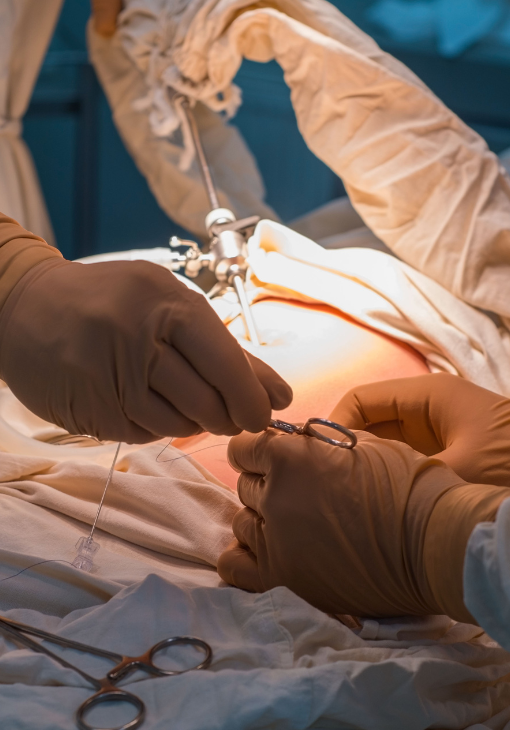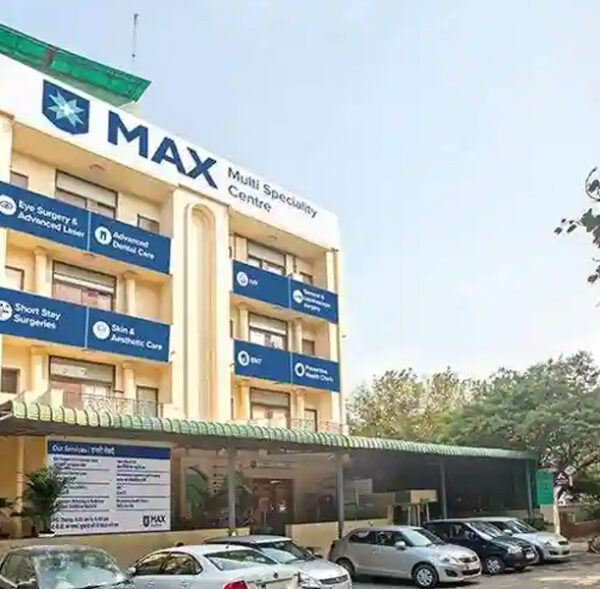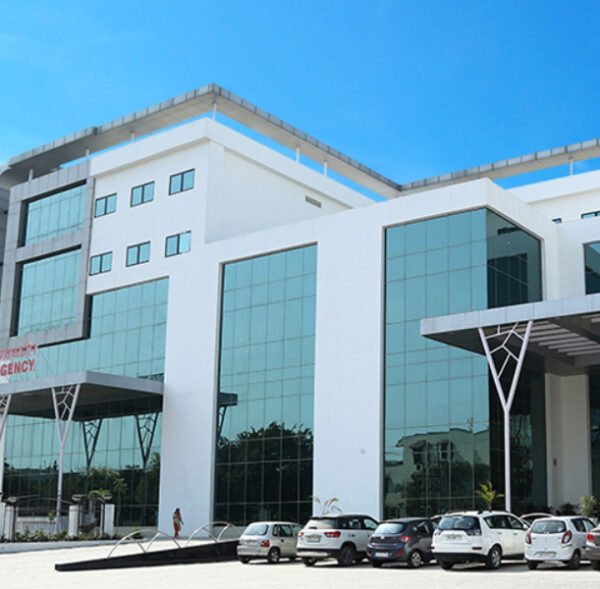
Laparoscopic Surgery: A Guide to Minimally Invasive Procedures
What is Laparoscopic Surgery?
Laparoscopic surgery, often referred to as minimally invasive surgery, is a surgical technique that allows surgeons to access the abdominal cavity and other areas of the body through small incisions. A laparoscope, a thin tube with a camera, is inserted through these incisions, providing a view of the internal organs on a monitor. This technique not only minimizes the size of the incisions but also leads to less pain and faster recovery times. At Geo Healthcare, we understand the importance of a smooth surgical experience, and our team is here to guide you through every step of the process.





















